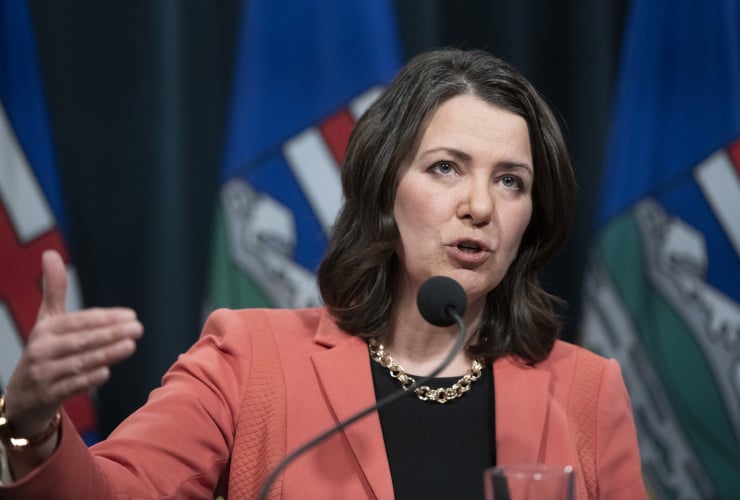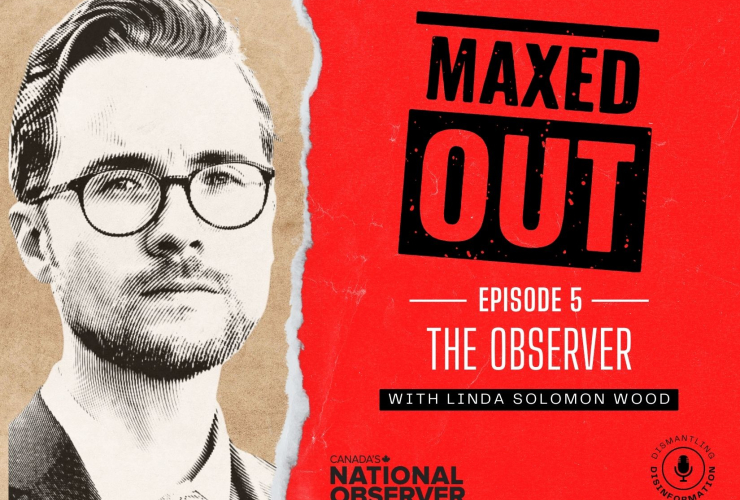First Nations youth were twice as likely to be hospitalized for mental health issues in 2011 as they were in 2006, according to a report published by Statistics Canada on Wednesday.
The study is the first to investigate changes in patterns of hospitalization among Indigenous children and youth over time in order to “more comprehensively report the health-care use of Indigenous populations,” the report said.
Though they were less likely to be hospitalized for injuries or other diseases, there were “significant increases” in mental health-related hospitalizations for nearly all youth groups over that time, including those on and off reserve, the report’s authors wrote.
“Follow-up into the future could evaluate these patterns for emerging trends,” the authors wrote.
In 2015, the Truth and Reconciliation Commission called on the federal government to identify the gaps in health care between Indigenous and non-Indigenous peoples, including long-term trends like hospitalizations. The government has reported disproportionate morbidity for children and youth, mortality and shortened life expectancy among Indigenous Peoples, but there is no information available on changes to the number of hospitalizations beyond the years examined in the current report, the authors explained.
Mental health hospitalizations were also “underestimated” in the report, with gaps in both Quebec and Ontario. Quebec’s hospital data is not available to Statistics Canada and not all youth mental health records were available in Ontario.
The report counted a jump of nearly 400 more mental health hospitalizations in 2011 compared to 2006, while physical ailments like respiratory and digestive system diseases dropped by roughly 150.
Overall, First Nations children on reserve were four times as likely to be hospitalized in 2011 compared to non-Indigenous children, while off-reserve youth were two and a half times as likely to face hospitalization, the report added.
The researchers of the report point to “disadvantaged social conditions” such as the history of residential schools, discrimination and greater physical distances to health services that Indigenous Peoples disproportionately experience.
There is also a complex relationship between Canadian governments and Indigenous Peoples’ access to care, the authors wrote. Reservations and Indigenous services fall under federal jurisdiction, health care is provincial, and hospitals are predominately a municipal responsibility. This means there can often be disputes and gaps in care for First Nations.
For example, Jordan River Anderson died without receiving the home care he needed because of a payment dispute between federal and provincial governments. His death spurred a government policy, Jordan’s Principle, that is intended to give First Nations youth access to care at all times, while avoiding the government disputes that create barriers to health care.
Mistrust is also a significant barrier for Indigenous Peoples, as well as cultural and language differences, the authors explained.
Matteo Cimellaro / Canada’s National Observer / Local Journalism Initiative
I can't even figure out if
I can't even figure out if this is a case of First Nations kids finally getting access to needed services, or a case of authorities finding some other way to lock up First Nations people now that residential schools are gone and just putting masses of them in jail may soon be getting unfashionable . . .







Comments